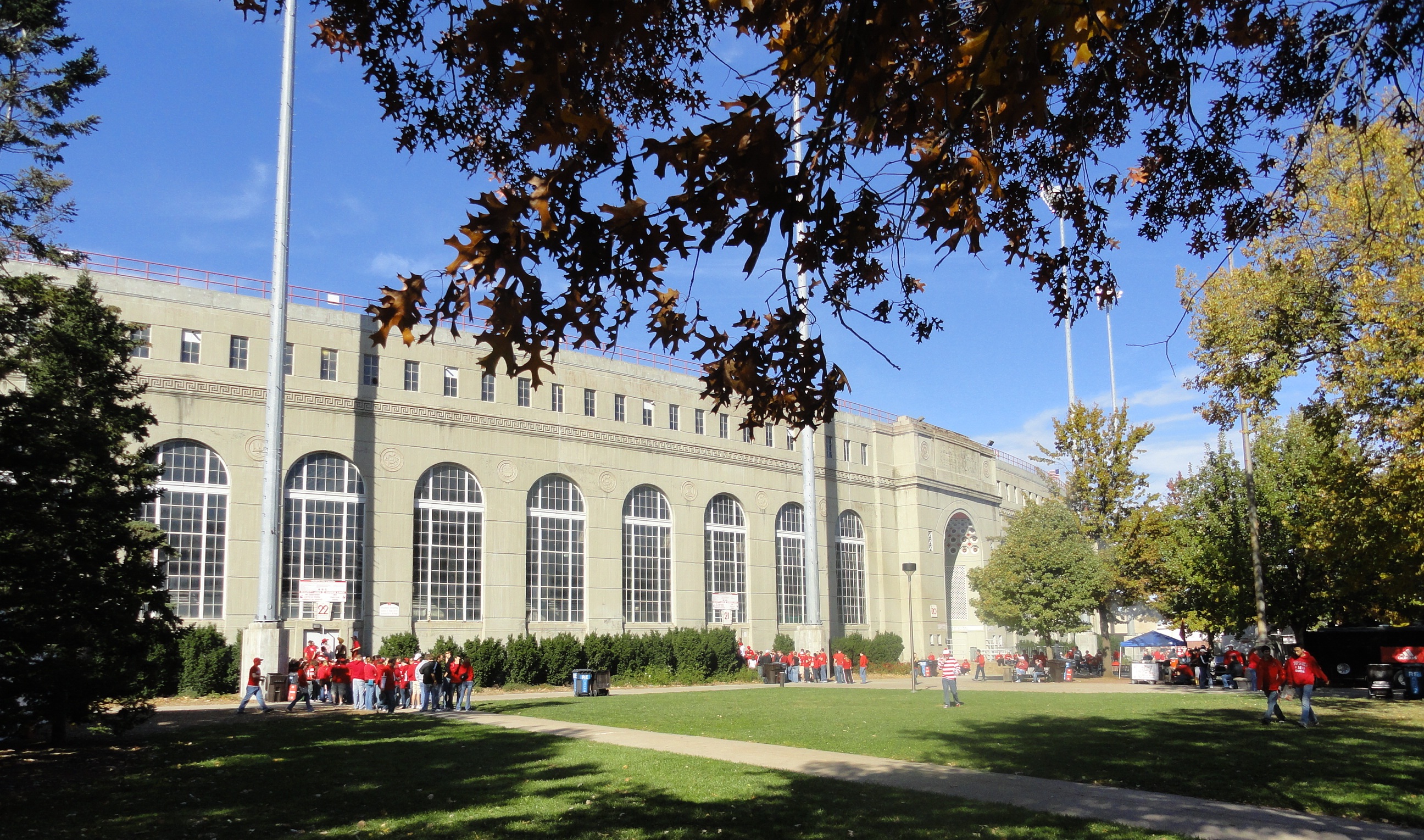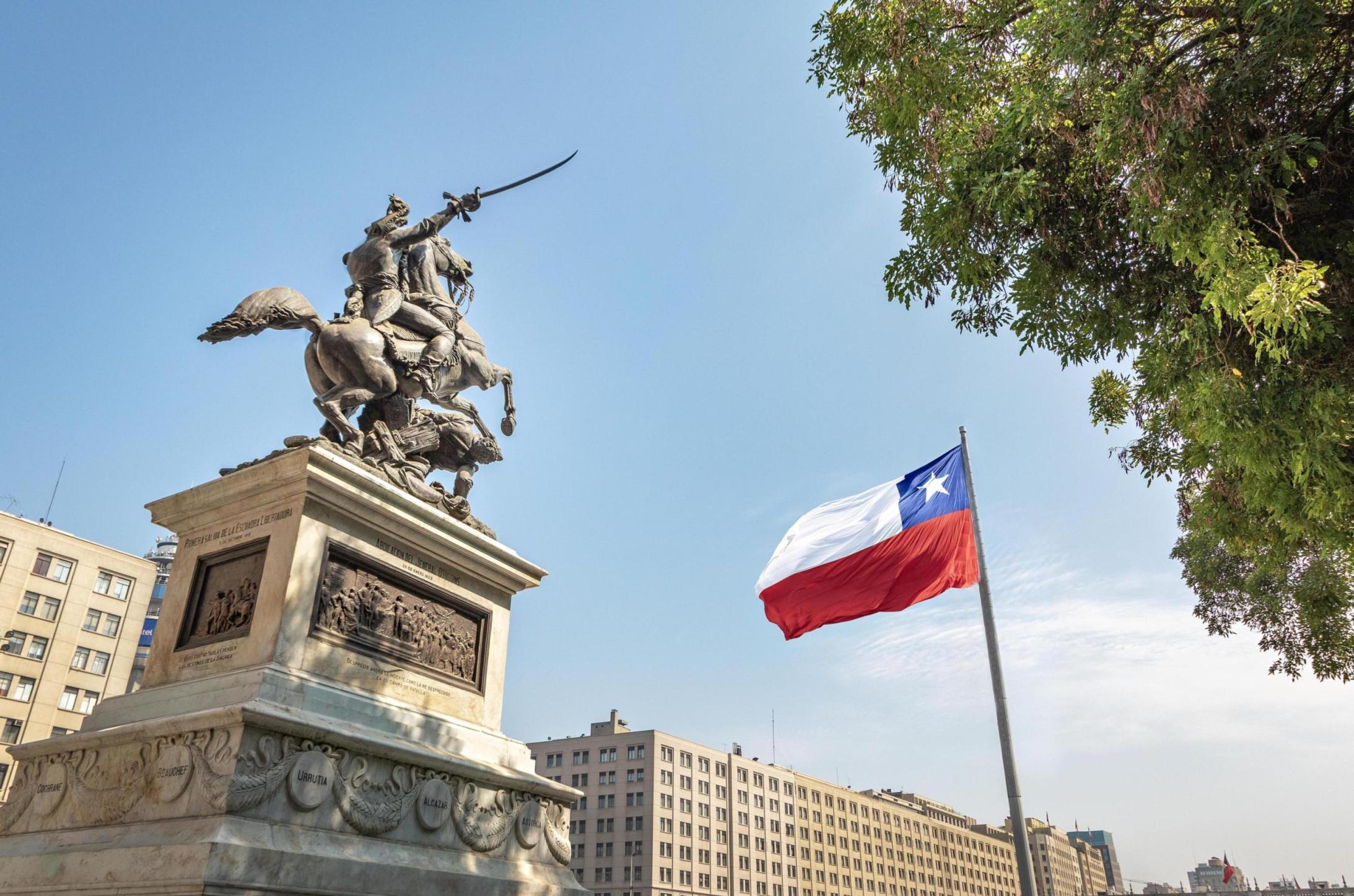The Ultimate Fan Checklist: 16 NASCAR Tracks Every Die-Hard Needs to Visit
In NASCAR, the real legends aren’t just behind the wheel—they’re built into the track. Every roar of the engine, every checkered flag, every last-lap showdown lives on through the pavement that made it possible. These tracks aren’t just race venues—they’re sacred ground for speed junkies, story factories for die-hard fans. From the white-knuckle intensity of Talladega to the gritty, history-rich banks of Darlington, each one has its own soul, its own scars, its own roar. This is where rivalries erupt, dynasties are built, and underdogs etch their names into racing lore. That’s why we’ve expanded our list to The Ultimate Fan Checklist: 16 NASCAR Tracks Every Die-Hard Needs to Visit. Whether you’re planning a pilgrimage or just soaking up the legends from home, this guide is your pit pass to the circuits that define the sport. Because in NASCAR, the story starts where the rubber meets the road—and these are the roads that matter.
1. Daytona International Speedway: The Birthplace of Speed

Daytona International Speedway, located in Daytona Beach, Florida, is often referred to as the "World Center of Racing." It hosts the prestigious Daytona 500, NASCAR’s most celebrated event. Opened in 1959, the track is a 2.5-mile tri-oval with 31-degree banking, designed to maximize speed and excitement. The history of Daytona is steeped in legends, from Richard Petty’s record seven victories to Dale Earnhardt’s emotional win in 1998. The track embodies the spirit of NASCAR, where dreams are made and legends are born. Visitors to Daytona can also explore the Motorsports Hall of Fame of America, adding to the allure of this legendary venue.
2. Talladega Superspeedway: The High-Speed Behemoth
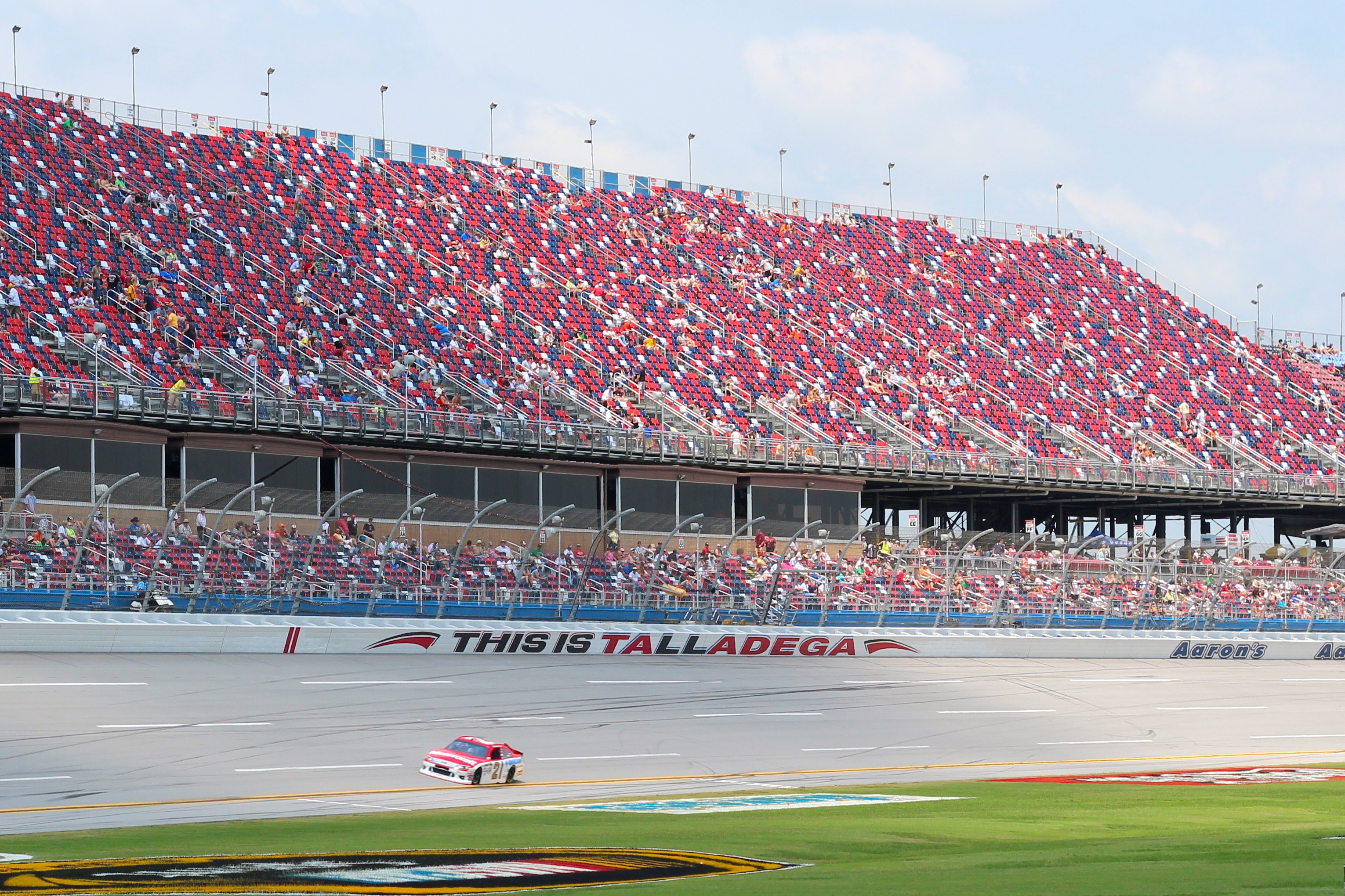
Talladega Superspeedway in Alabama is a track that commands respect and awe. Known for its immense size and speed, it is the longest NASCAR oval at 2.66 miles and features 33-degree banking. Opened in 1969, Talladega has been the site of numerous record-breaking moments, including the fastest recorded time in a stock car. The track’s notorious reputation for "The Big One"—a massive multi-car crash—adds to its mystique. Fans flock to Talladega for the intense racing and the electrifying atmosphere of the infield, where the party never stops. It’s a track where unpredictability reigns, making every race a thrilling spectacle.
3. Bristol Motor Speedway: The Colosseum of NASCAR
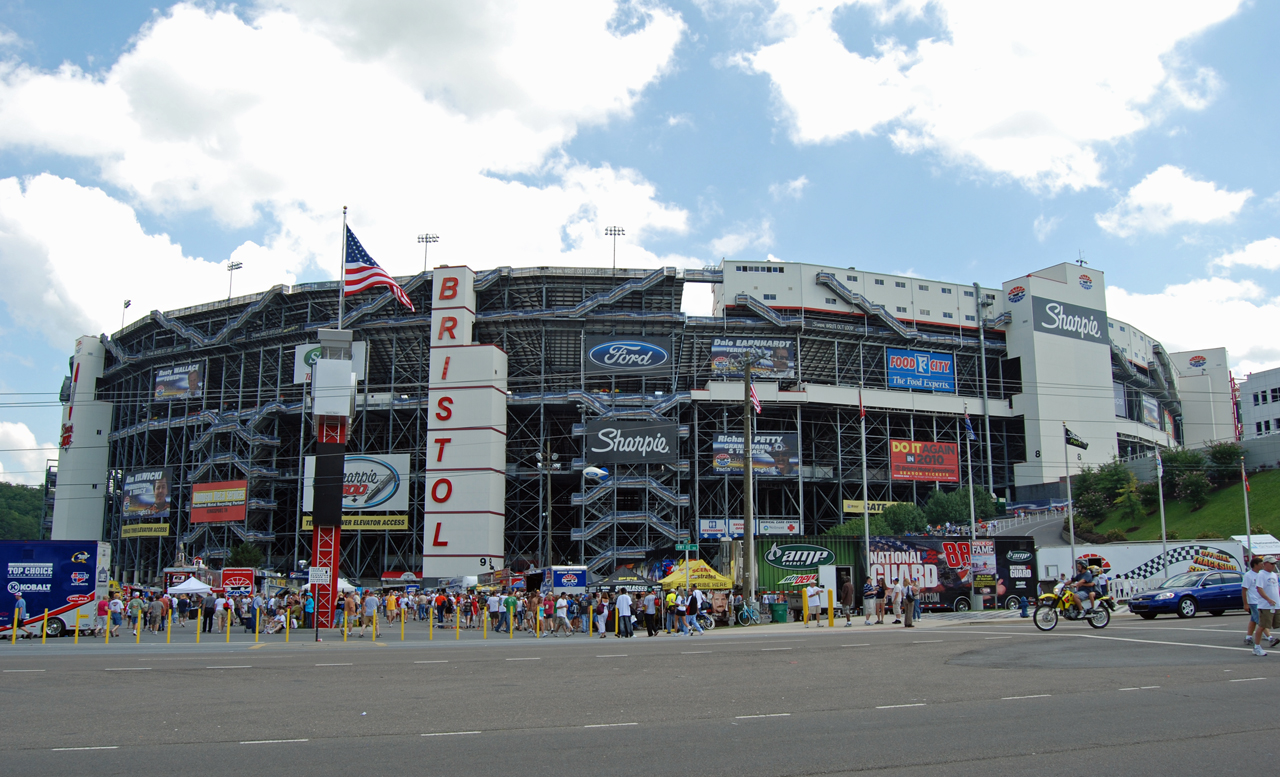
Bristol Motor Speedway, nestled in the hills of Tennessee, is a half-mile short track known for its steep banking and amphitheater-like seating. Dubbed "The Last Great Colosseum," Bristol offers a unique racing experience with its tight corners and high speeds. The track’s layout leads to intense bumper-to-bumper action and frequent contact between cars, making it a fan favorite. Opened in 1961, Bristol hosts two annual NASCAR Cup Series events, including the famed Night Race, where the atmosphere is electric under the lights. The track’s intimate setting allows fans to be closer to the action, creating an unforgettable experience.
4. Charlotte Motor Speedway: The Hub of NASCAR
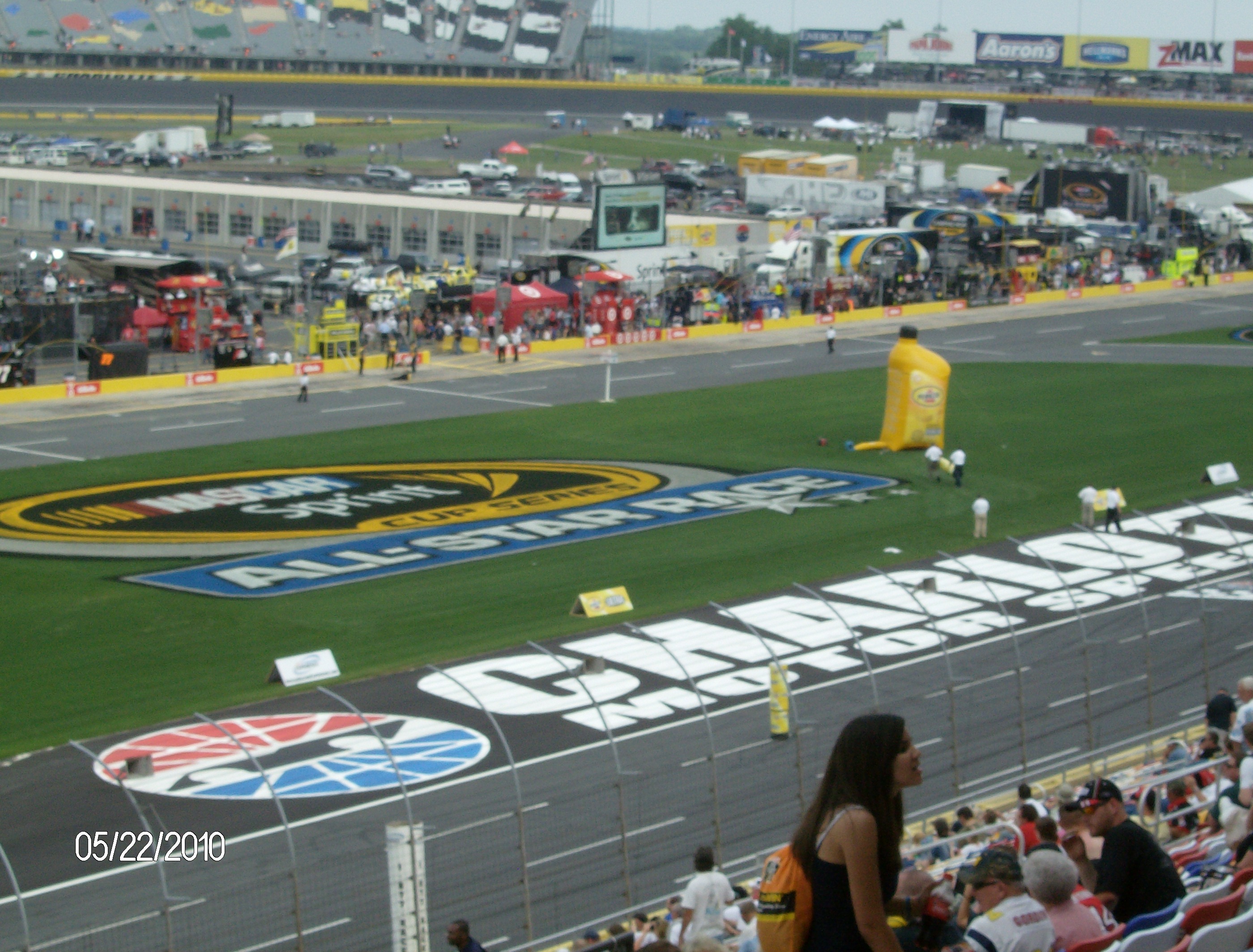
Charlotte Motor Speedway in North Carolina is often considered the heart of NASCAR, given its proximity to the sport’s headquarters. Opened in 1960, this 1.5-mile quad-oval is renowned for hosting the Coca-Cola 600, the longest race on the NASCAR calendar. Charlotte’s state-of-the-art facilities and innovative events, such as the ROVAL race, which incorporates a road course within the oval, make it a standout venue. The track’s location in the heart of NASCAR country allows fans to explore nearby team shops and the NASCAR Hall of Fame, offering a comprehensive motorsport experience. Charlotte is where tradition meets innovation, making it a must-visit for any racing enthusiast.
5. Indianapolis Motor Speedway: The Racing Cathedral
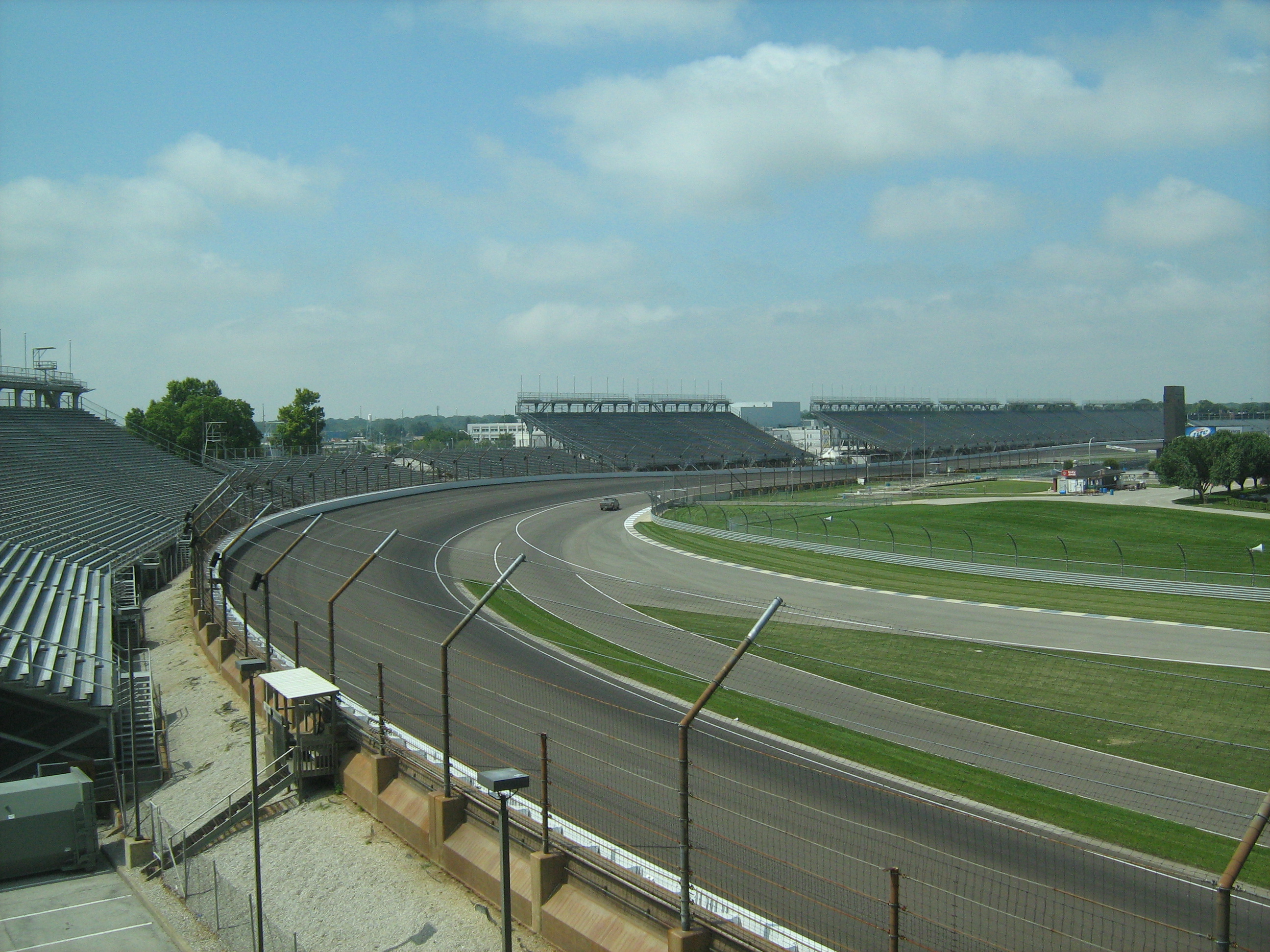
Indianapolis Motor Speedway, home to the legendary Indianapolis 500, also hosts the NASCAR Cup Series’ Brickyard 400. Known as "The Racing Capital of the World," this 2.5-mile rectangular oval opened in 1909 and is steeped in history. The track’s iconic Yard of Bricks finish line is a nod to its early days when the surface was entirely paved with bricks. Racing at Indianapolis is a prestigious affair, with drivers eager to etch their names alongside legends who have conquered the Brickyard. The track’s grandeur and historical significance make it a pilgrimage site for motorsport fans, blending the worlds of open-wheel and stock car racing.
6. Martinsville Speedway: The Paperclip of Precision
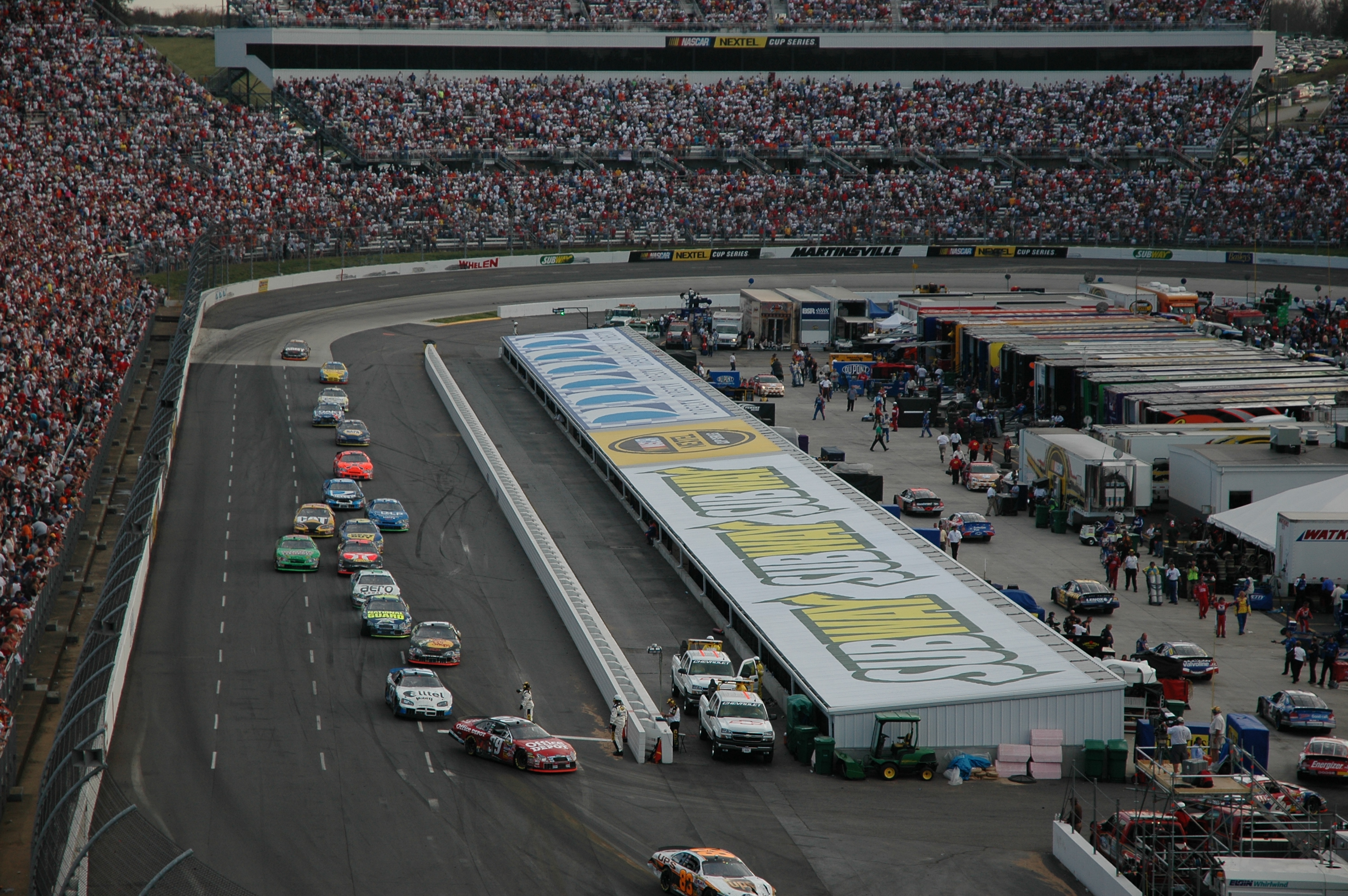
Martinsville Speedway in Virginia is the shortest track on the NASCAR circuit at just 0.526 miles. Its unique paperclip shape and flat turns demand precision driving and strategic prowess. Opened in 1947, Martinsville is one of NASCAR’s original tracks, hosting races since the sport’s inception. The track is famous for its grandfather clock trophy, awarded to race winners, and its hot dogs, a fan favorite. Martinsville’s close-quarters racing leads to frequent contact and tempers flaring, making it a venue where drivers earn their stripes. This historic track embodies the essence of short-track racing, where skill and strategy are paramount.
7. Darlington Raceway: The Track Too Tough to Tame
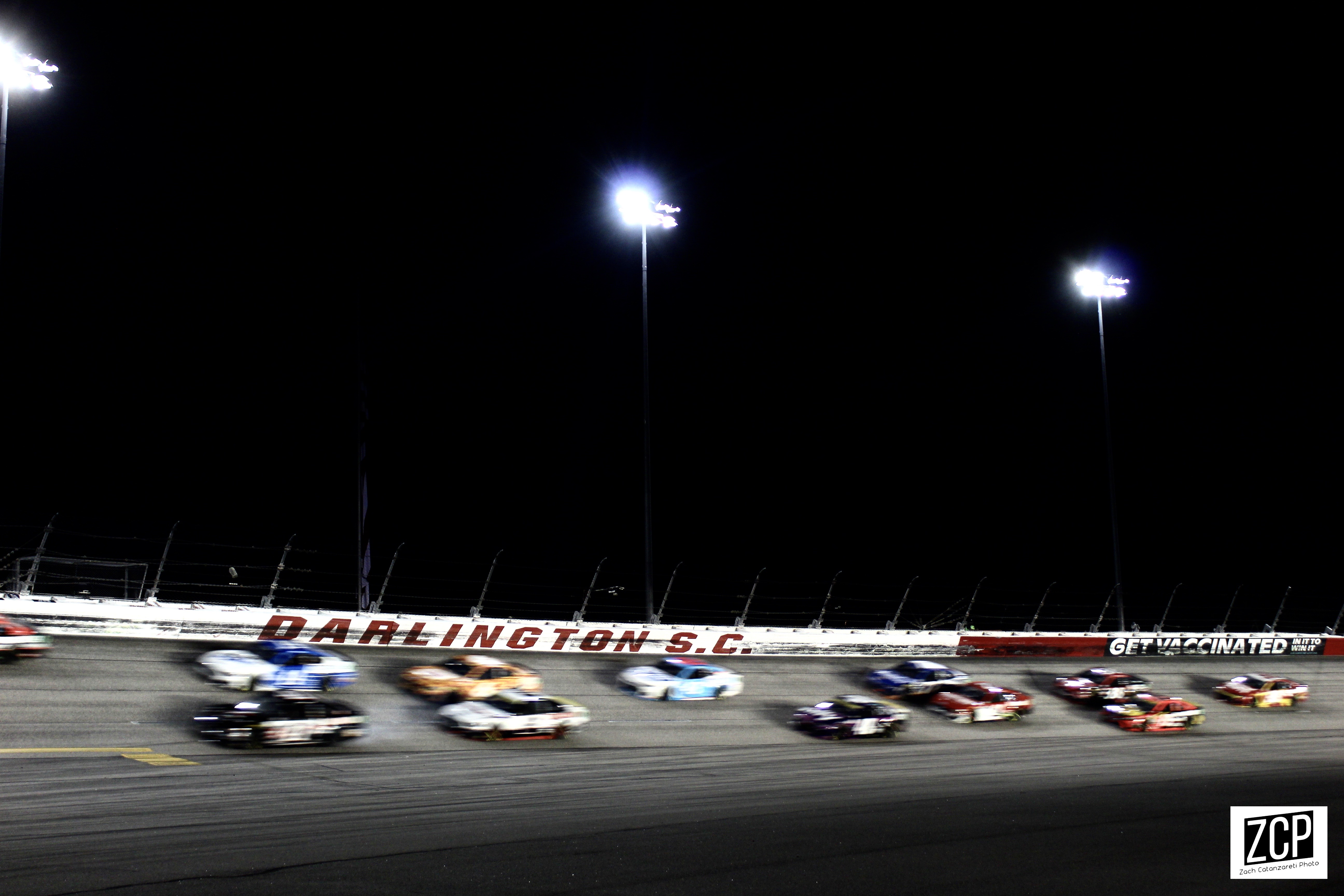
Darlington Raceway in South Carolina is a track steeped in tradition and challenge. Known as "The Track Too Tough to Tame," its unique egg-shaped oval presents a formidable test for drivers. Opened in 1950, Darlington’s narrow racing groove and abrasive surface demand respect and finesse. The track is home to the Southern 500, one of NASCAR’s crown jewel events, held annually on Labor Day weekend. Darlington’s storied history includes iconic moments like the finish of the 2003 race, where Ricky Craven edged out Kurt Busch by 0.002 seconds. The track’s distinctive character and rich heritage make it a beloved venue among fans and drivers alike.
8. Watkins Glen International: The Road Racing Jewel
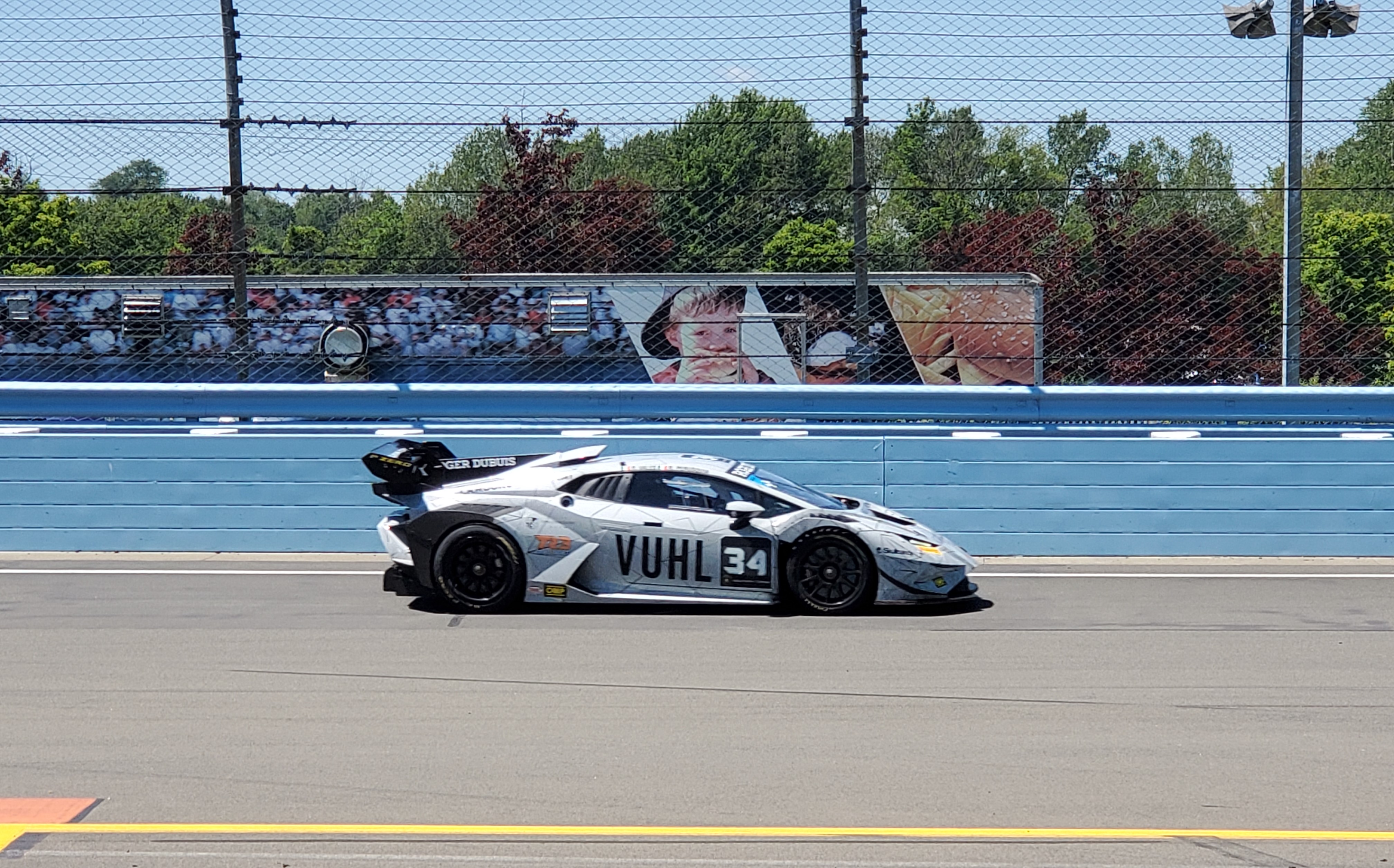
Watkins Glen International in New York is a road course that brings a different flavor to the NASCAR schedule. Known as "The Glen," this 2.45-mile track features a blend of high-speed straights and technical corners, challenging drivers’ skill and adaptability. Opened in 1956, Watkins Glen has a storied history in motorsport, hosting Formula 1 races in the past. The track’s scenic location in the Finger Lakes region adds to its allure, making it a favorite among fans and drivers. The annual NASCAR race at The Glen is a highlight of the summer, showcasing the versatility and talent of NASCAR drivers on a road course.
9. Sonoma Raceway: The Wine Country Circuit
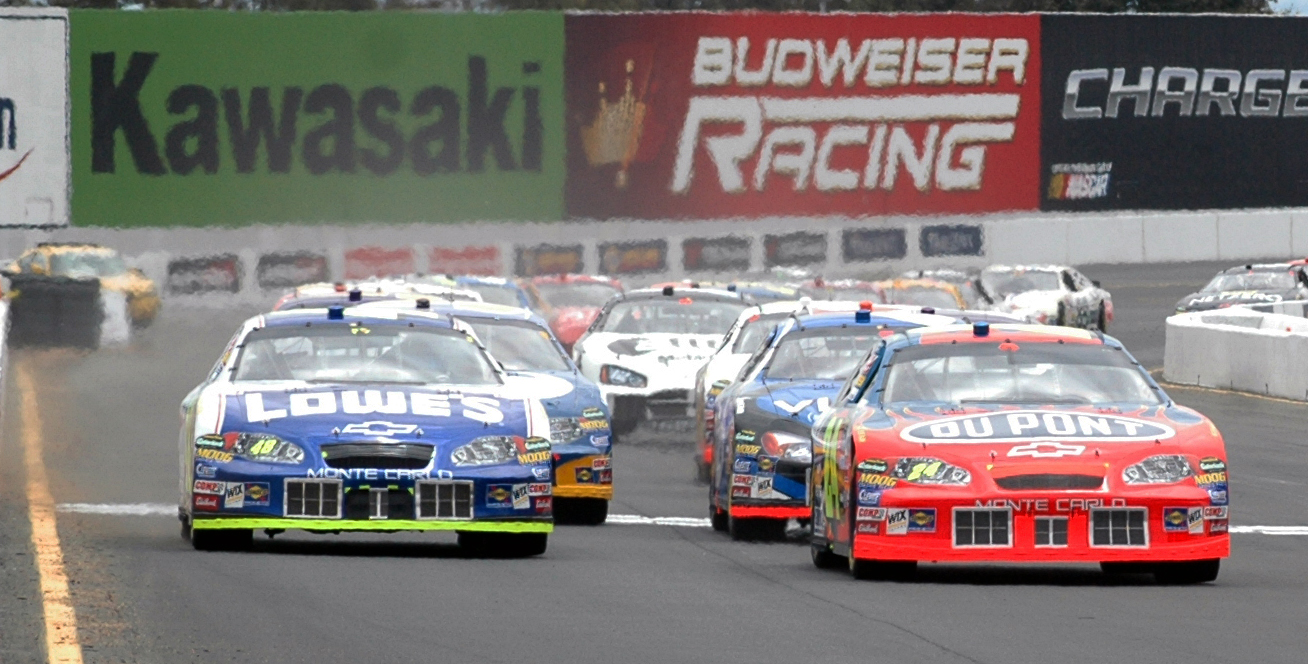
Sonoma Raceway in California offers a unique blend of speed and scenery, nestled in the heart of wine country. This 2.52-mile road course features elevation changes and challenging turns, providing a distinct test for NASCAR drivers. Opened in 1968, Sonoma’s picturesque setting and technical layout make it a standout venue on the NASCAR calendar. The track’s annual race in June is a fan favorite, with the surrounding vineyards offering a perfect backdrop for a weekend of racing. Sonoma’s combination of natural beauty and racing excitement creates a unique experience, drawing fans from around the world to witness NASCAR on a road course.
10. Richmond Raceway: The Action-Packed Short Track
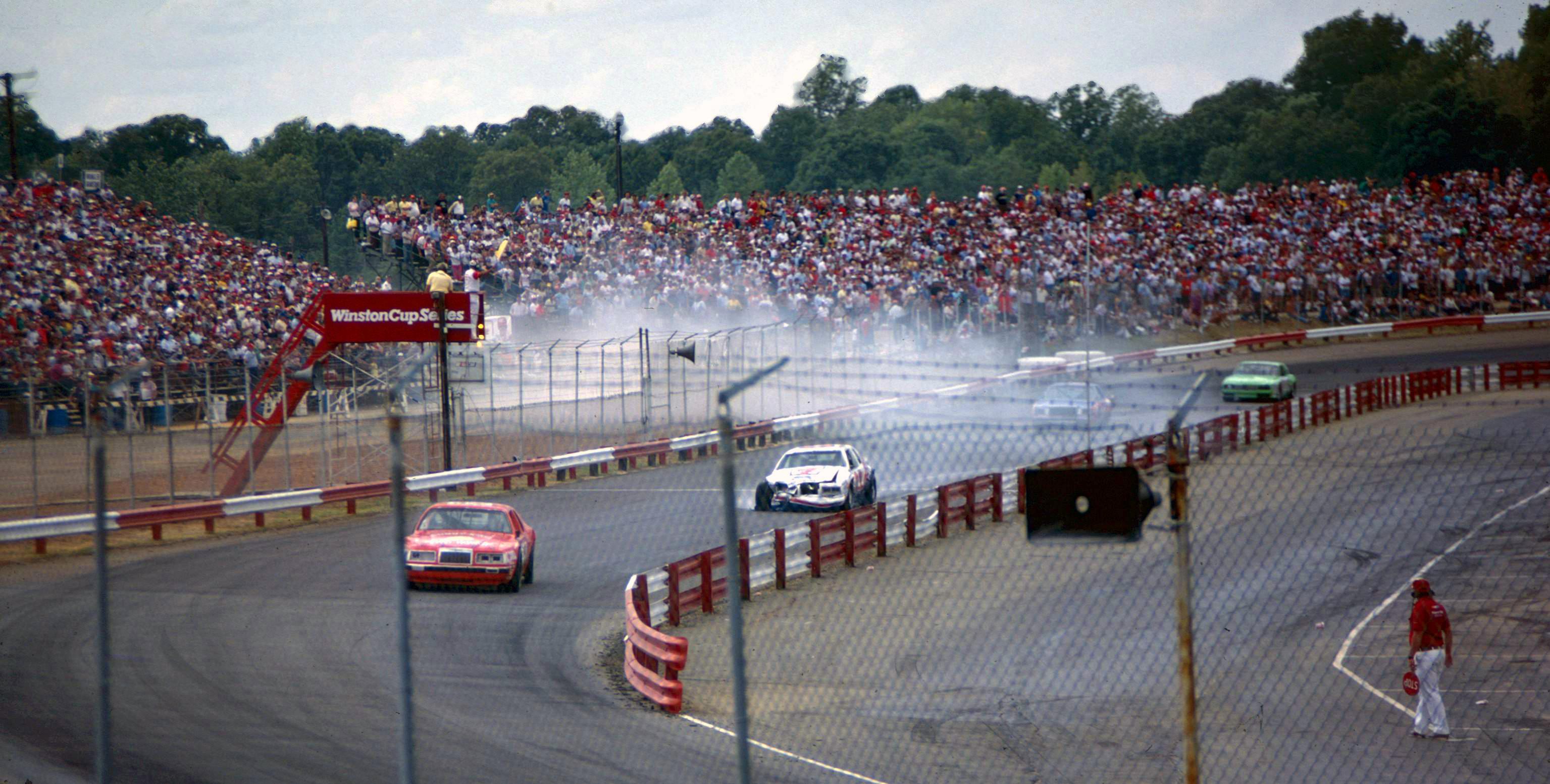
Richmond Raceway in Virginia is a 0.75-mile D-shaped oval known for its action-packed racing. Opened in 1946, Richmond has a rich history and is a staple of the NASCAR schedule. The track’s unique layout and progressive banking create multiple racing grooves, leading to side-by-side action and thrilling finishes. Richmond hosts two annual NASCAR Cup Series events, including the popular night race, where the atmosphere is electric. The track’s location near the heart of NASCAR country ensures a passionate fan base, making every race at Richmond a memorable experience. Richmond’s blend of short-track intensity and high-speed excitement makes it a must-visit for racing enthusiasts.
11. Las Vegas Motor Speedway: The Entertainment Capital of Racing
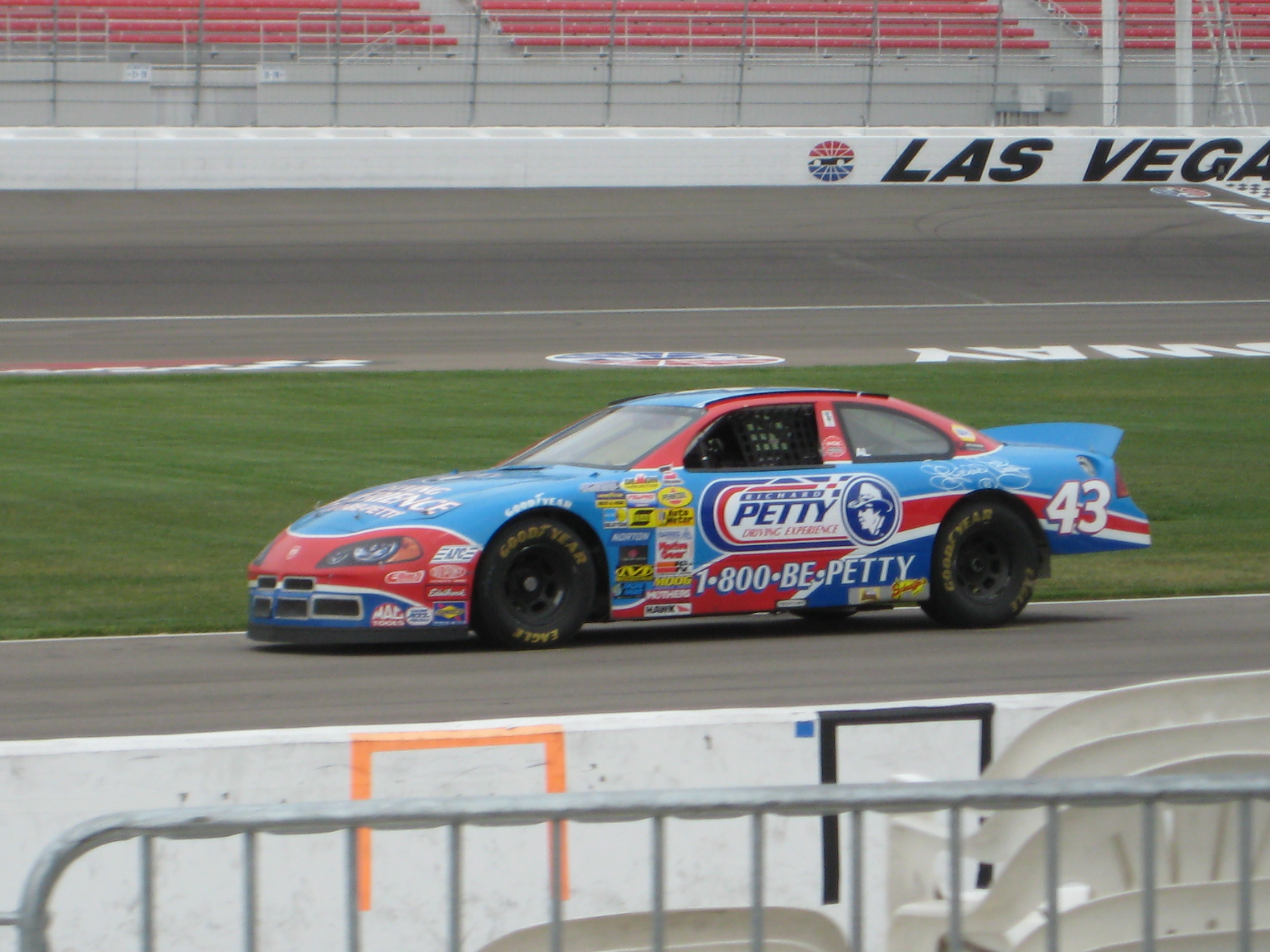
Las Vegas Motor Speedway in Nevada combines the thrill of racing with the excitement of the entertainment capital of the world. This 1.5-mile tri-oval, opened in 1996, is known for its high speeds and competitive racing. The track’s location near the Las Vegas Strip makes it a popular destination for fans seeking a weekend of racing and entertainment. Las Vegas hosts two annual NASCAR Cup Series events, including the playoff-opening race in September. The track’s state-of-the-art facilities and vibrant atmosphere make it a standout venue, offering fans a unique blend of motorsport and entertainment in the heart of Las Vegas.
12. Kansas Speedway: Where Speed Meets Strategy
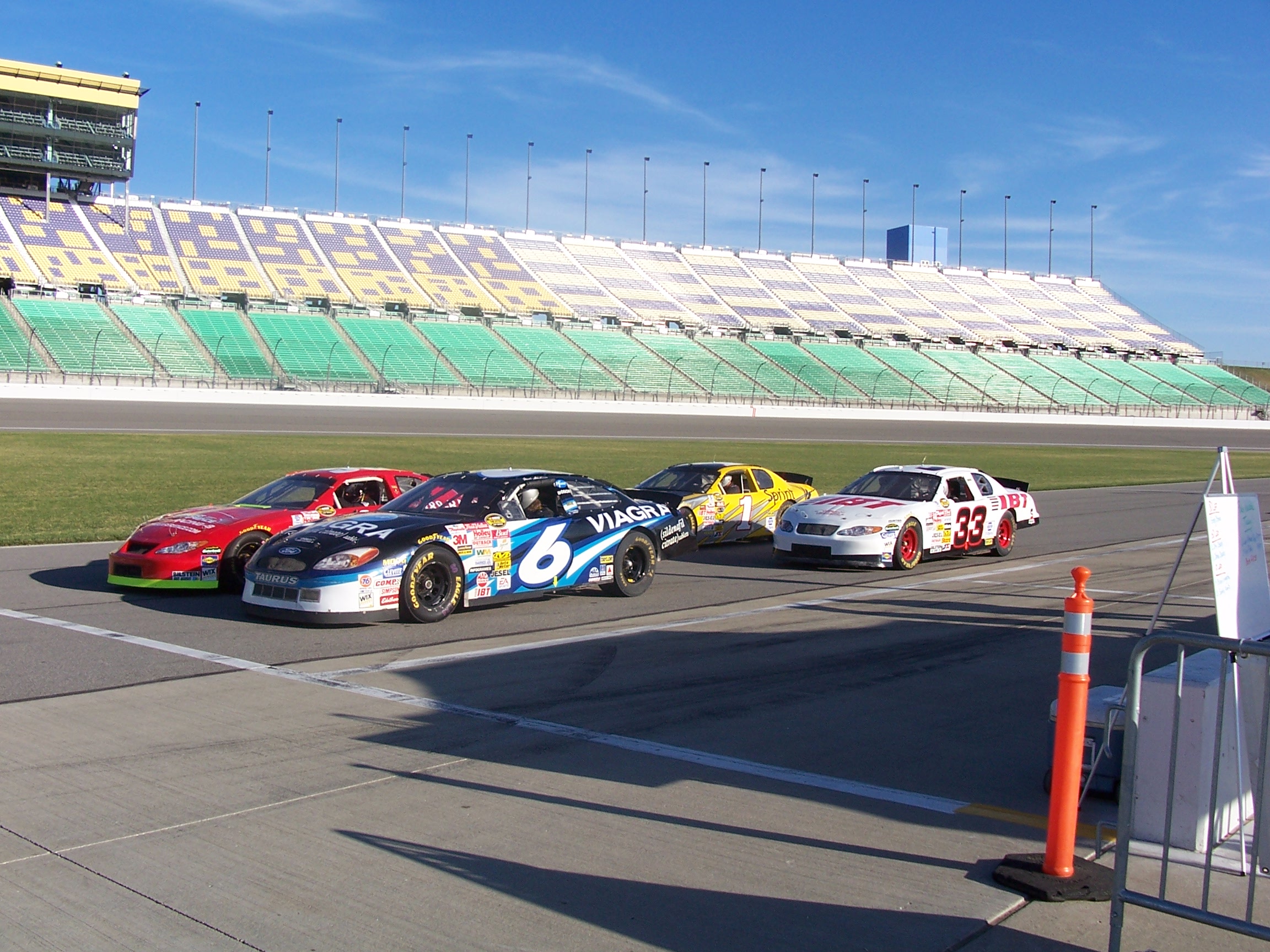
Kansas Speedway may be one of NASCAR’s newer additions, opening in 2001, but it has quickly become a fan favorite. This 1.5-mile tri-oval features progressive banking that creates multiple racing lines and encourages bold passes and dramatic finishes. Located in the heart of the Midwest, Kansas offers a clean blend of high-speed action and tactical racing—where tire management and pit strategy often decide the winner. The venue’s modern amenities, fan-friendly atmosphere, and surrounding entertainment district make it an ideal stop for traveling fans. With playoff implications often hanging in the balance, Kansas is where smart driving meets pure adrenaline.
13. Homestead-Miami Speedway: Where Championships Are Sealed
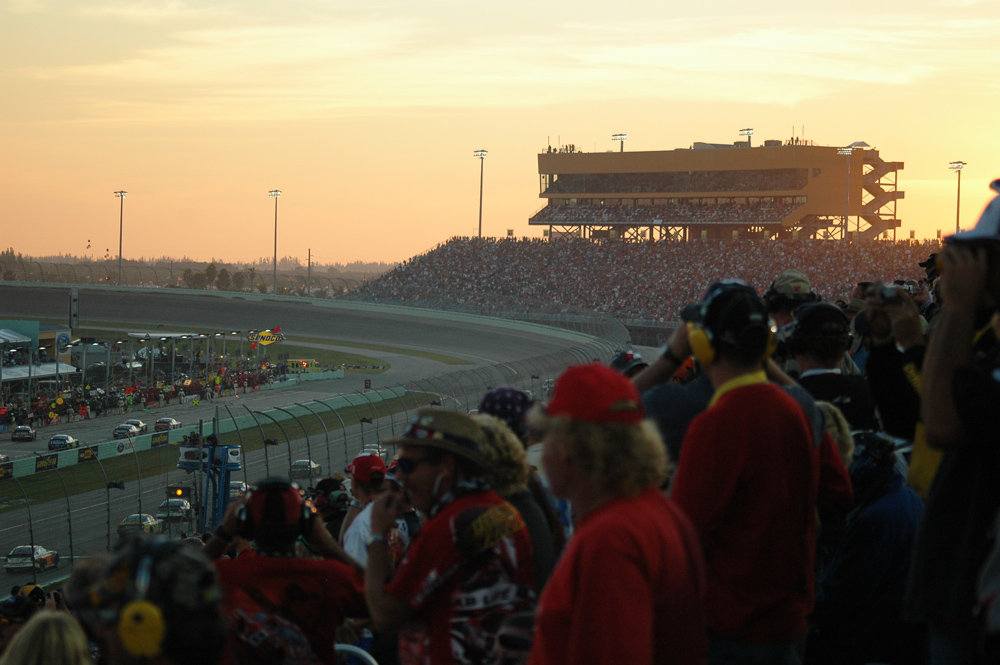
For nearly two decades, Homestead-Miami Speedway was the battleground for NASCAR’s season finales—and that legacy still lingers. This 1.5-mile oval features variable banking and wide turns that make for dynamic, side-by-side racing. Located in sun-soaked South Florida, Homestead delivers more than speed—it offers a dramatic stage where careers have peaked and heartbreak has played out in real time. The colorful grandstands, palm-tree skyline, and unique layout make it one of the most visually distinct tracks on the circuit. It’s a place where titles are claimed and full-throttle memories are made—especially under a golden Miami sunset.
14. Pocono Raceway: The Tricky Triangle
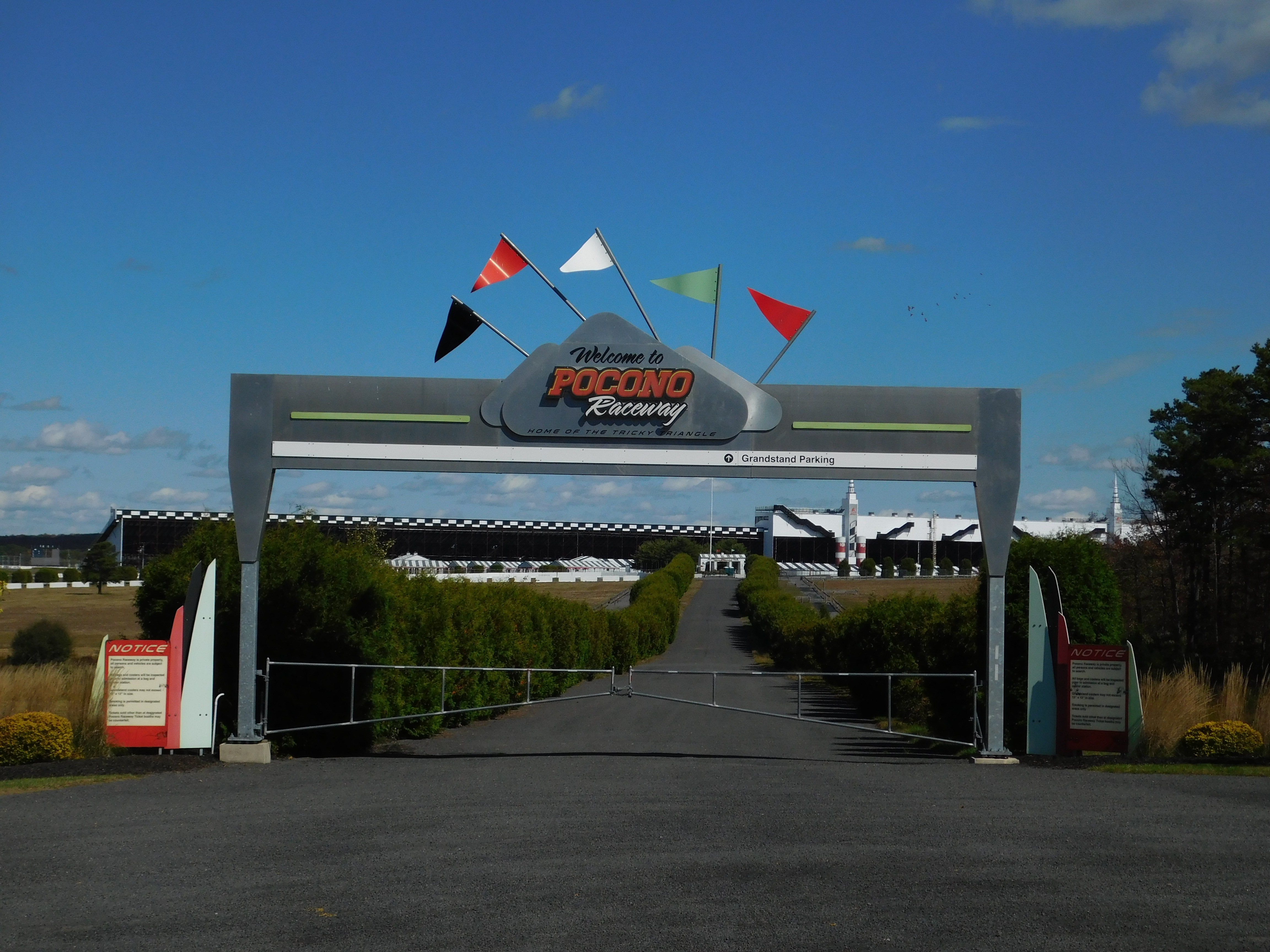
Nicknamed “The Tricky Triangle,” Pocono Raceway in Pennsylvania is unlike any other track in NASCAR. With just three turns—each with its own radius and banking—it demands versatility and precision from drivers. Opened in 1971, the 2.5-mile superspeedway combines the long straightaways of a road course with the high-speed intensity of an oval. Fuel mileage gambles and daring restarts often define the races here. The infield camping scene is electric, and the wide sightlines make it a fan-friendly viewing experience. If you love strategy-driven races with unpredictable twists, Pocono belongs on your NASCAR bucket list.
15. Auto Club Speedway: California’s Fading Giant
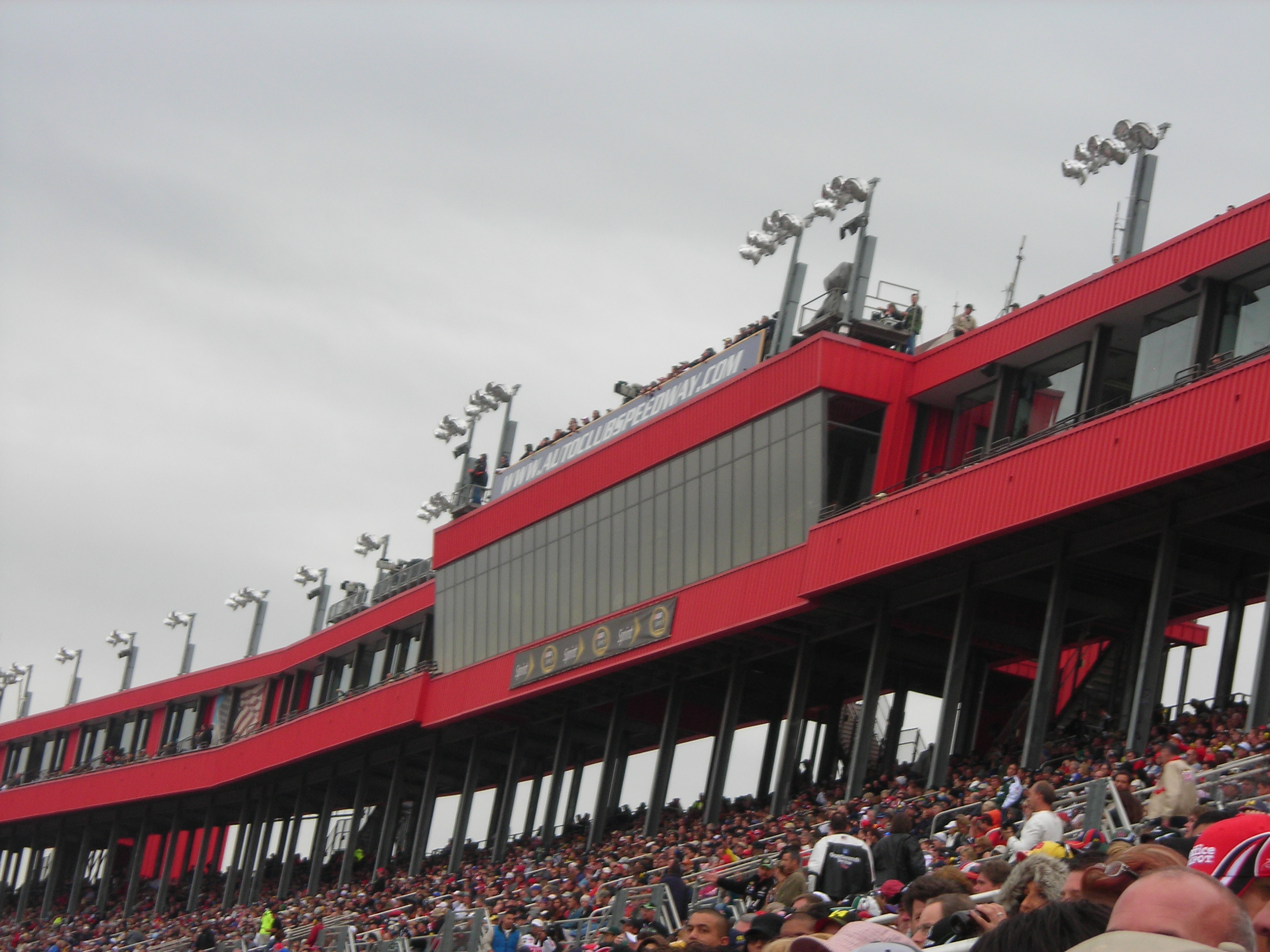
Auto Club Speedway in Fontana, California, has long been loved for its worn surface and wide racing grooves. This 2-mile D-shaped oval allows for five-wide battles and tire management that separates the great from the good. Opened in 1997, it has hosted countless classic finishes—but change is on the horizon. The track is slated for a reconfiguration, making each remaining race even more special for long-time fans. Known for its scenic SoCal backdrop and fast, sweeping lines, Auto Club has become a mecca for pure racing enthusiasts. Visit now while it still screams at full size.
16. New Hampshire Motor Speedway: The Magic Mile
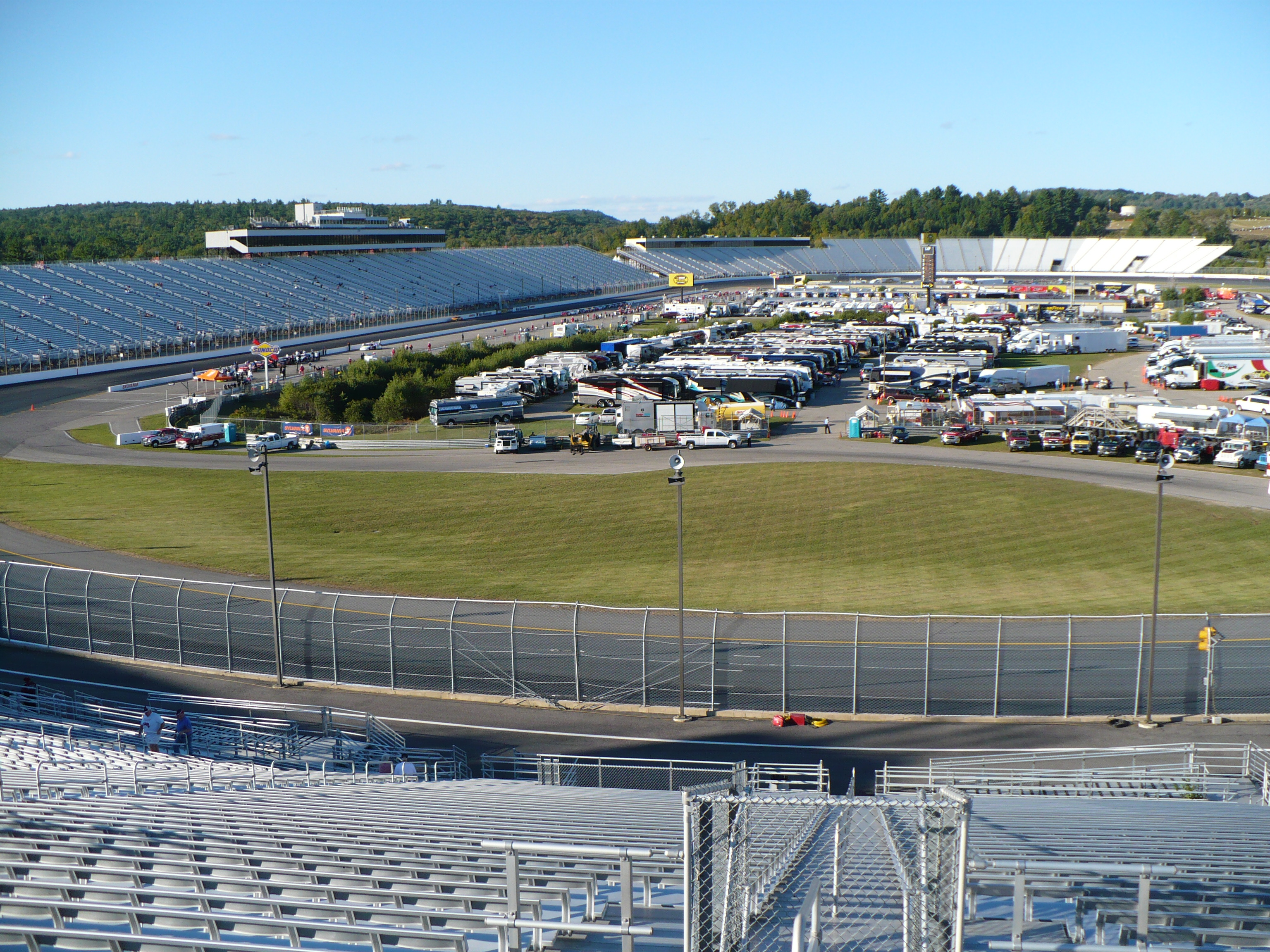
Known as “The Magic Mile,” New Hampshire Motor Speedway brings a unique flavor to the NASCAR circuit. This flat, 1.058-mile oval in Loudon challenges drivers with tight corners and limited banking, making precision braking and corner exit critical. It’s a track where grit outpaces glamour—and where the bump-and-run is very much alive. Opened in 1990, it hosts one Cup Series race annually, often becoming a summer wildcard for playoff hopefuls. Surrounded by New England charm and passionate fans, New Hampshire offers a gritty, old-school racing vibe with unpredictable outcomes. It’s short-track racing with a twist—and a whole lot of attitude.
Where Legends Roar: Your NASCAR Track Bucket List
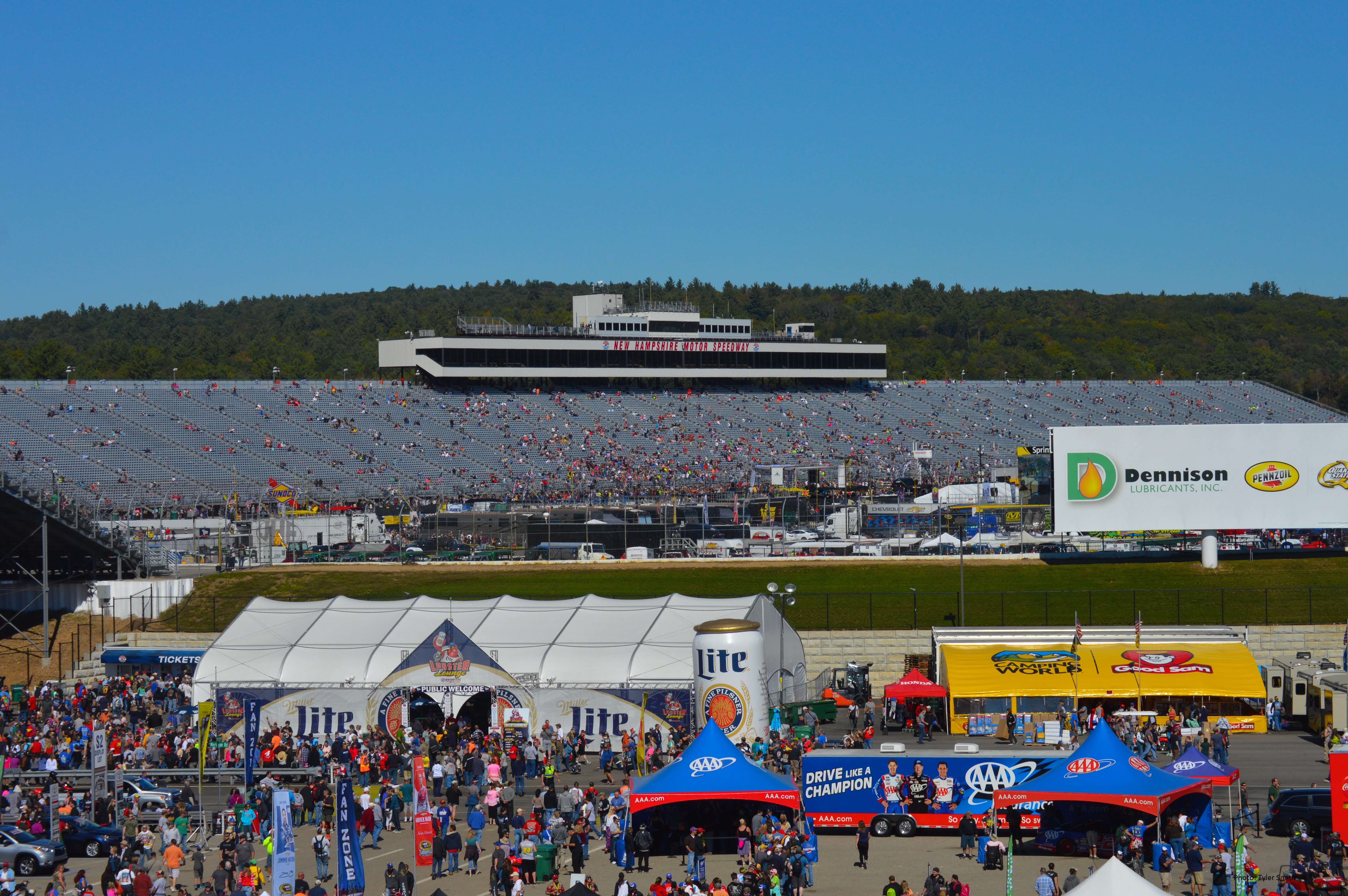
These tracks aren’t just stretches of asphalt—they’re living, breathing monuments to NASCAR’s heart-pounding legacy. Each one tells a different story: of blistering speed, of last-lap drama, of rivalries forged under the lights. Whether it’s the thunder of Talladega or the technical finesse of Sonoma, these 16 tracks represent the full spectrum of what makes stock car racing unforgettable. They’re not just stops on a schedule—they’re sacred chapters in the sport’s history. For die-hard fans, visiting them is more than a trip—it’s a rite of passage. So whether you're chasing tire smoke in person or circling these names on your future travel map, let this checklist fuel your fandom. Because in NASCAR, the engines aren’t the only thing that roar—the passion of the fans echoes just as loud. Strap in, hit the road, and get ready to experience the tracks that made legends—and just might inspire the next one.





